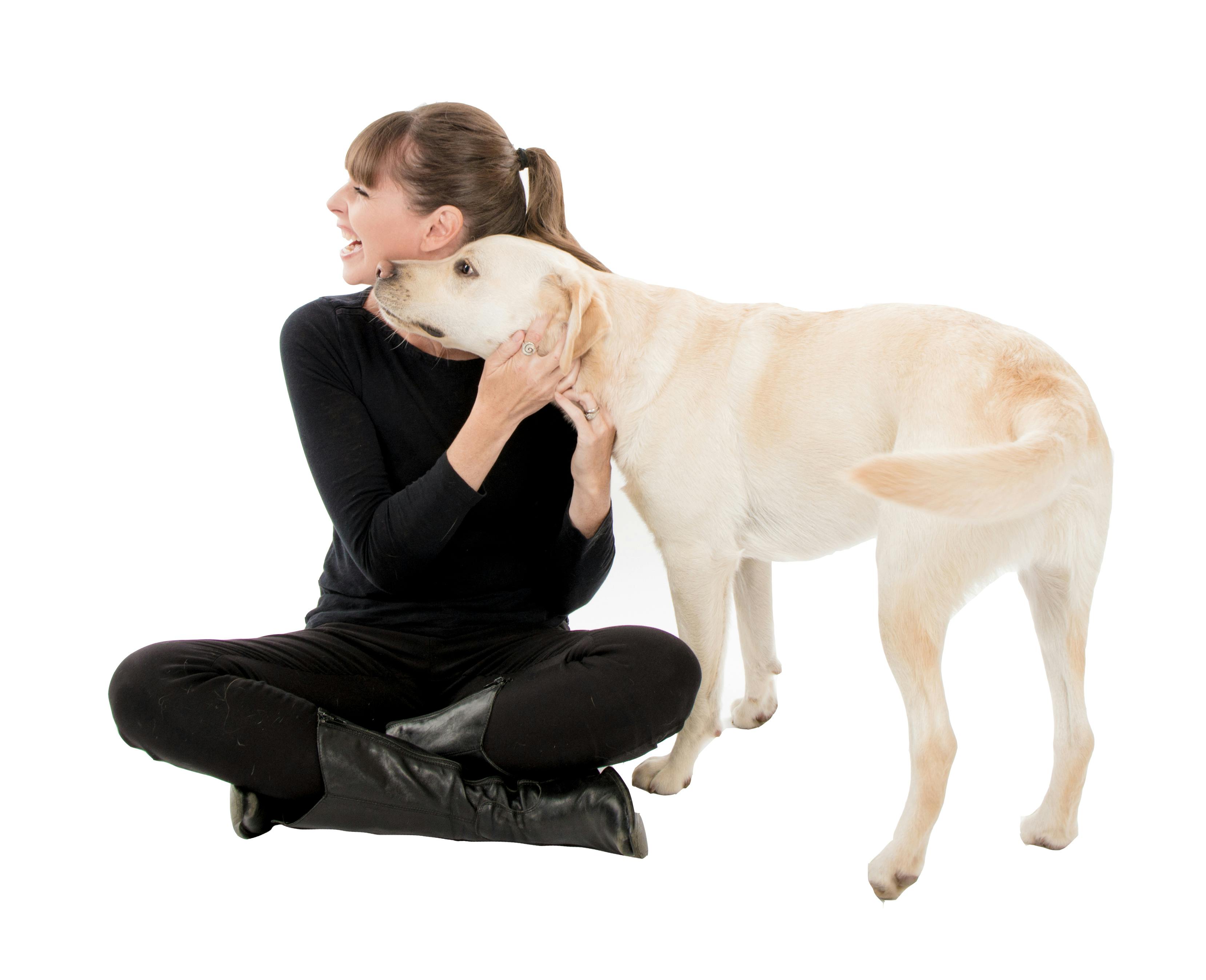Dog Training For Dogs: A Detailed Overview to Raising a Mannerly Family Pet
Essential Canine Training Tips for Raising a Well-Behaved Buddy
Necessary methods such as early socialization, the facility of consistent commands, and the implementation of favorable support can significantly affect a pet's habits and overall personality. Comprehending canine behavior is crucial for customizing training techniques that resonate with specific pet dogs.
Understanding Pooch Habits

Furthermore, socialization plays an important role fit a pet's habits. Exposure to numerous settings, people, and other pets assists canines develop self-confidence and minimizes the chance of fear-based reactions. Early socializing is especially important, as experiences throughout the important advancement duration substantially influence a pet's long-lasting behavior.
Additionally, understanding the principles of finding out theory-- such as favorable reinforcement, unfavorable support, and punishment-- can improve training performance. Canines are extra likely to duplicate actions that yield positive end results. For that reason, using regular, reward-based training techniques promotes a relying on relationship between the pet and its trainer.

Fundamental Commands to Teach
Teaching standard commands is a necessary foundation for reliable pet training and communication. Dog Training For Dogs. These commands not only aid establish a clear line of communication in between you and your canine, but they likewise promote safety and security and great behavior in numerous circumstances
Begin with fundamental commands such as "Sit," "Keep," "Come," "Down," and "Heel." Each command serves a specific objective; as an example, "Sit" can help calm an ecstatic canine, while "Come" is crucial for guaranteeing your pet returns to you when called.
When presenting a new command, use a regular and clear tone. Constantly combine the verbal command with a hand signal to strengthen understanding. Practice in a peaceful setting before progressively introducing diversions. Gradually boost the period and distance as your pet dog becomes much more proficient.
Uniformity is vital; practice commands everyday to enhance learning, and make sure all member of the family use the same commands to prevent complication. Keep in mind that patience is needed throughout this procedure, as various dogs may learn at different speeds. Developing these fundamental commands advertises an unified partnership and establishes the phase for advanced training in the future.
Positive Reinforcement Techniques
Positive reinforcement techniques are highly effective techniques for encouraging preferred behaviors in canines. This training method includes satisfying your pet dog for displaying habits you want to strengthen, thus enhancing the probability of those habits being repeated. Rewards can take various forms, consisting of deals with, appreciation, or playtime, and ought to be tailored to what inspires your canine most.
Timing is important in positive reinforcement. Rewards more must be provided right away after the desired behavior takes place to develop a clear organization. If you want your dog to rest on command, award them as soon as they rest, guaranteeing they understand what activity is being enhanced.
Consistency is another vital part. Dog Training For Dogs. Utilize the same commands and incentives each time to prevent confusion. Progressively, you can eliminate deals with for more intermittent incentives, such as verbal appreciation, to preserve the behavior without counting on continuous external support
Furthermore, it is very important to continue to be client and stay clear of punishment, as negative support can lead to be afraid and stress and anxiety, ultimately preventing training efforts. By executing favorable reinforcement strategies, you will promote a trusting partnership with your dog, causing a well-behaved buddy.
Socialization and Communication
Socialization and communication are fundamental facets of a canine's growth that complement positive support techniques. Very early direct exposure to diverse atmospheres, individuals, and various other animals is vital for promoting a well-adjusted family pet. This process assists pet dogs create self-confidence and adaptability, lowering the likelihood of behavior concerns such as fear or hostility.
Begin socializing throughout the crucial developing home window, commonly between three and fourteen weeks of age. Introduce your young puppy to numerous stimulations, consisting of various sounds, sights, and textures. Register in young puppy courses or prepare monitored playdates with various other dogs to encourage positive interactions.
As pet dogs expand, proceed to expose them to varied experiences. Activities such as check outs to parks, pet-friendly stores, or neighborhood occasions can improve their social abilities and convenience degrees in unknown setups.
Constantly check communications to guarantee they are stress-free and favorable. Calmly reroute them and permit for steady direct exposure at a comfortable pace if your canine exhibits signs of anxiety or aggression. Through consistent socialization and communication, you lay the anchor foundation for a balanced, well-behaved companion efficient in growing in varied social scenarios.
Uniformity in Training
Establishing uniformity in training here are the findings is vital for reliable communication in between a canine and its proprietor. Canines grow on routine and clear expectations, which assists them understand what habits is wanted.
Consistency additionally extends past commands; it incorporates the policies developed within the home. For instance, if a canine is not permitted on the furniture, this guideline has to be imposed in all times. Blended signals can bring about behavioral problems, as the pet may end up being unclear about what is appropriate.
In addition, all relative must get on the same page pertaining to training techniques and commands. The pet may end up being distressed and dizzy. if one individual rewards a habits while one more rebukes it.
Verdict
In conclusion, implementing crucial pet training ideas fosters a well-behaved friend. Eventually, these practices grow a trusting relationship in between the canine and its family, advertising a harmonious living environment and a well-adjusted canine friend.
Vital techniques such as very early socialization, the establishment of constant commands, and the implementation of favorable reinforcement can significantly affect a canine's actions and general personality. Comprehending canine behavior is vital for tailoring training strategies that resonate with specific canines.Recognizing canine habits is essential for efficient dog training. Pet dogs are more likely to duplicate behaviors that generate positive results.Favorable reinforcement methods are highly efficient approaches for encouraging preferred actions in canines.